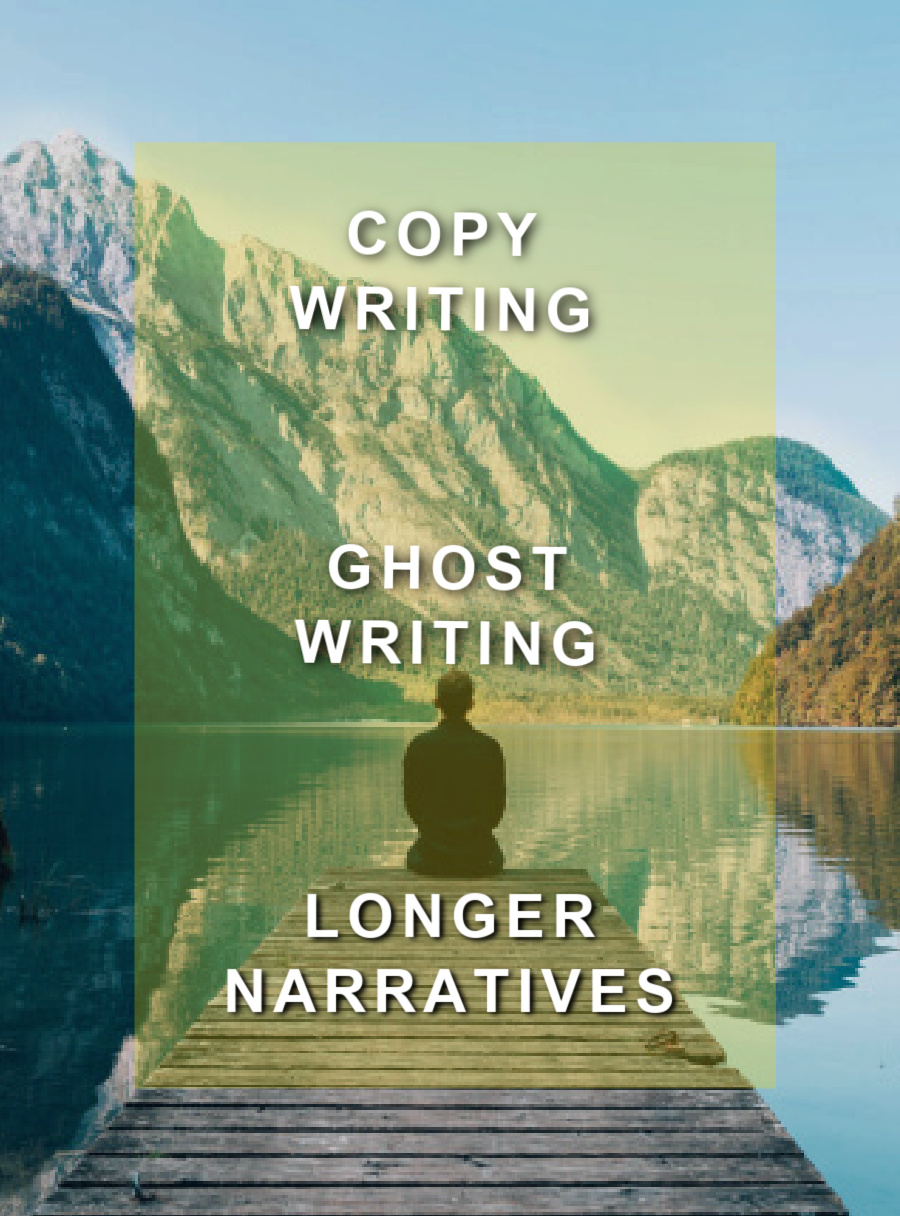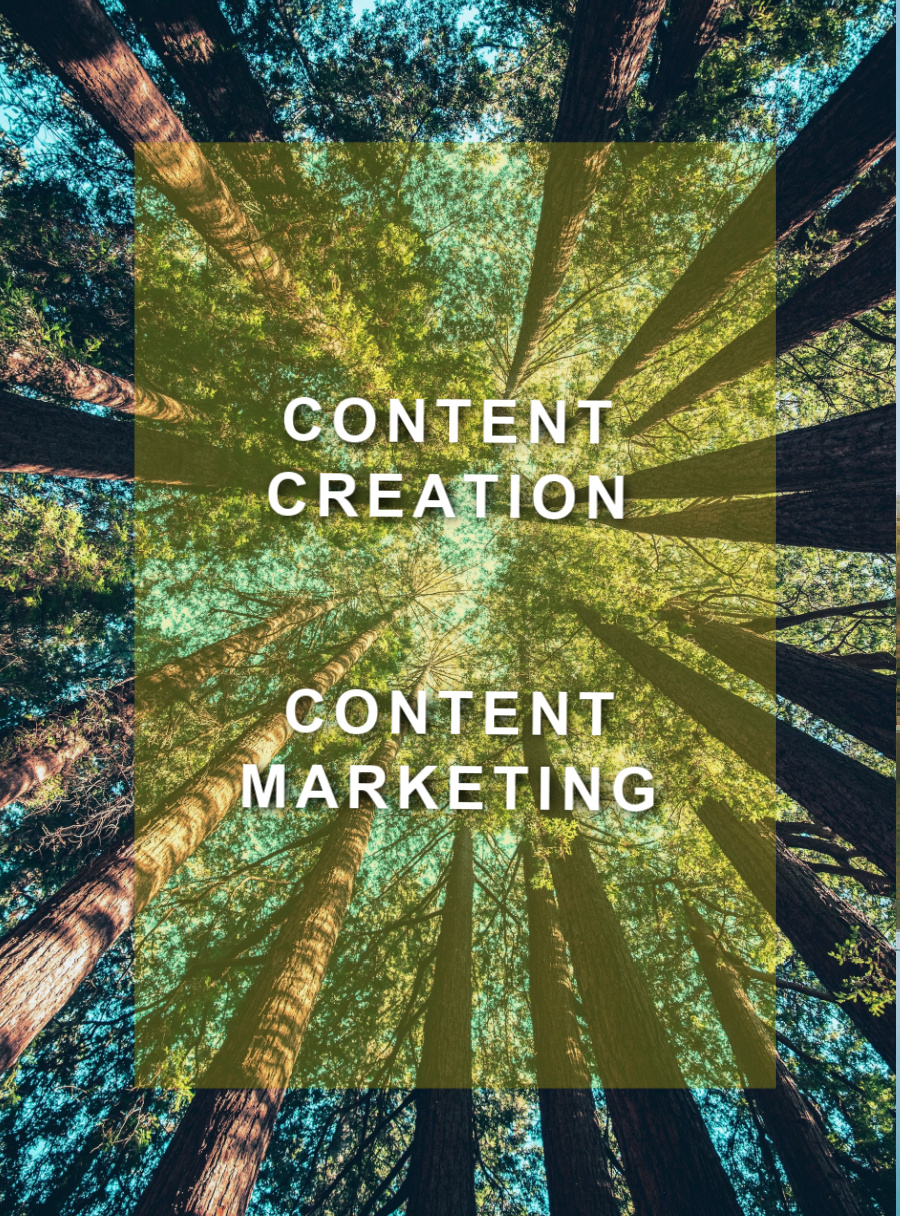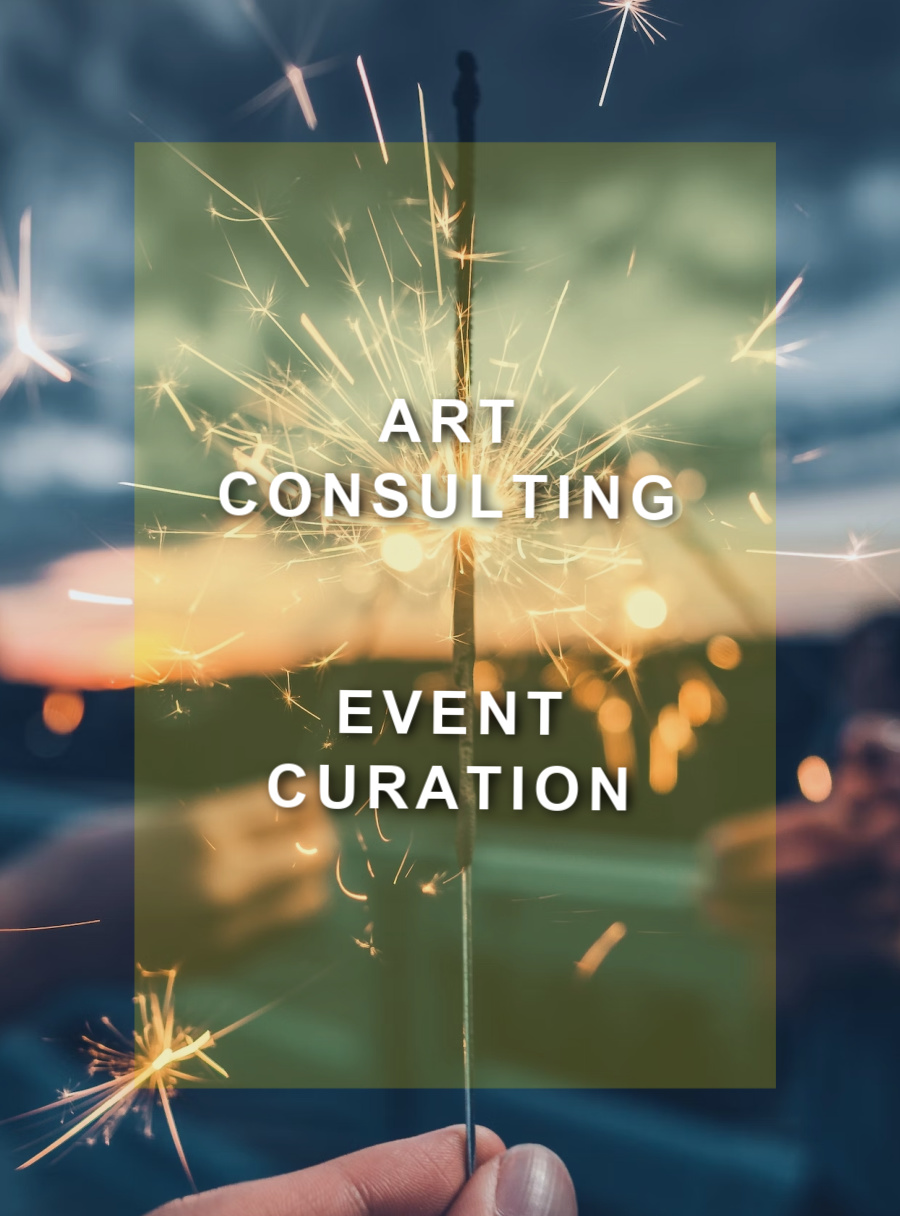PROJECT
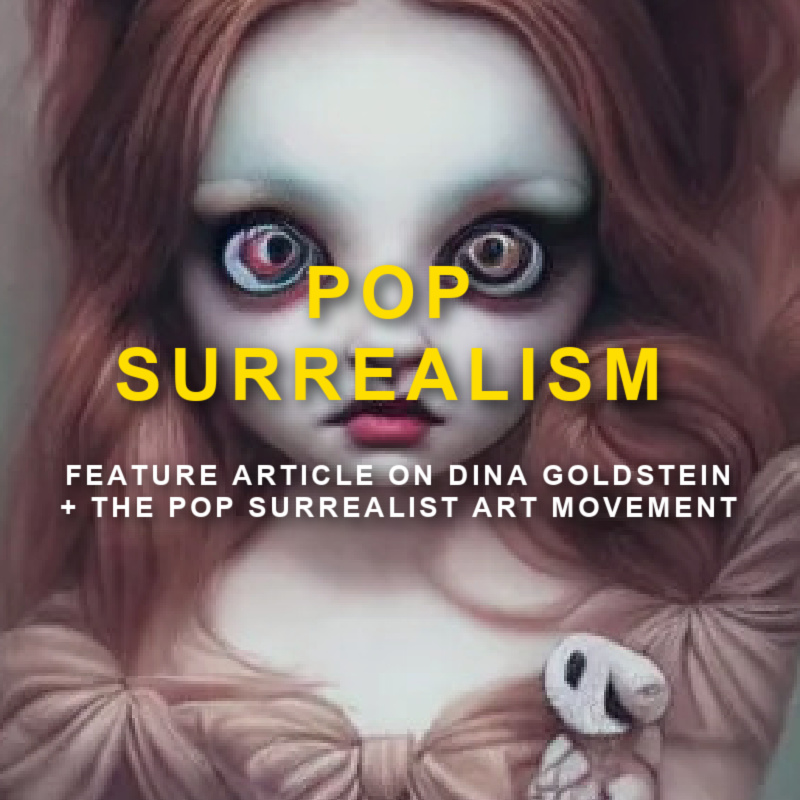
FEATURE ARTICLE
POP SURREALISM
Dina Goldstein's Fairy Tales For The Real World
– ABOUT THE PROJECT
Once dismissed as “pure juvenalia” and grouped in with the wilder edges of Lo-Brow Art, Pop Surrealism has become its own distinct movement and now draws both popular support and curatorial structure as it continues to shift the parameters of what makes for a “serious” piece of art. Dina Goldstein is a significant force in this scene – which also includes artists Mark Ryden, Marion Peck and Robert Williams – and it was illuminating to discuss with her how the undercurrents of much pop surrealist work – comic book culture, figurative storytelling and piquant humour – resonates in her own work. My article on Pop Surrealism puts the movement in context and illustrates its subversive appeal and deeper meaning to contemporary audiences.
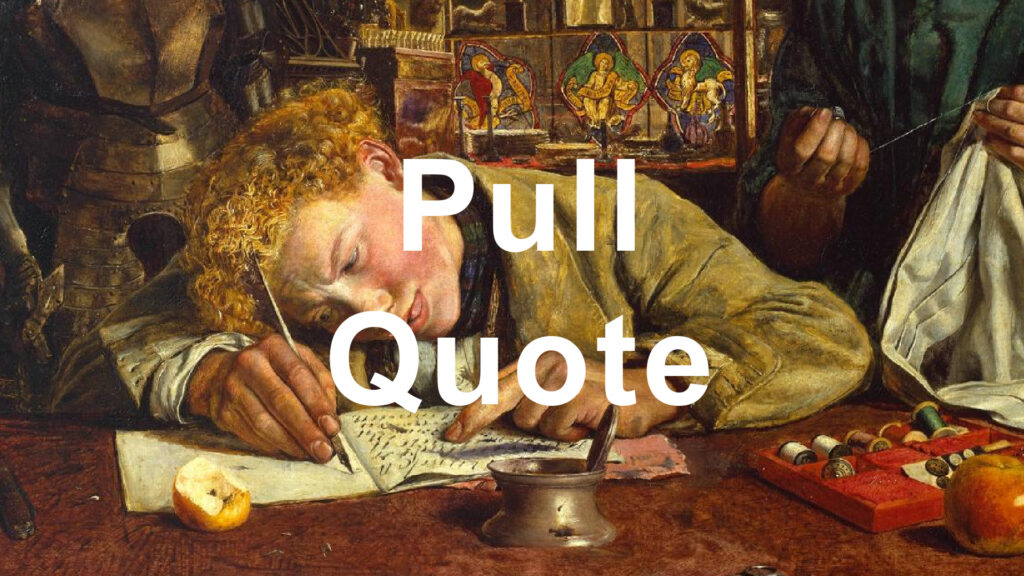
“The first curatorial survey of this raucous group was the 1992 exhibition “Helter Skelter” at the Museum of Contemporary Art (MOCA) in Los Angeles. Led by Williams – who, along with R. Crumb, were Zap Comix artists hailed by the underground as grungeforce gurus – the show involved themes such as alienation, dispossession and violence. It was a ribald reckoning for a consumerist credo run amok. Hosted in the shadows of the Hollywood entertainment complex, the exhibition was a scandal. And a success.”
– Barry Dumka
EXCERPT
POP SURREALISM
Dina Goldstein's Fairy Tales For The Real World
Though still loose in its thematic structure and not always declared as an organizing principle by some of its leading artists, Pop Surrealism has nonetheless become a potent force in contemporary art. A street demonstration that turned into a mass movement. While its expression can be comical, carnal, kitschy, colorful and queer – its intent is plainly serious.
Pop Surrealism seeks to upend the long dry reign of minimalism and conceptual art and overcome abstraction’s denial of the expressive opportunities in figurative work. It wants to get beneath the surface of pop cultural identity and find the meaning and magic, the dark realities and wild enchantments latent in the common lay of the land. It’s a populist insurgency masquerading as a carnivalesque parade of lost souls. From the beginning, the critics begrudged its worth.
Now, twenty years on, the revolution is winning.
Pop Surrealism stems from the low brow art scene that grew up – or maybe never really grew up – in Southern California as America shifted to conservatism in the 1980s. That street art energy was too weirdly playful to be overtly political but it was still sending a message. New voices needed to be heard and a new visual language learned. At first institutional powers dismissed it as adolescent daydreaming. Mere juvenilia.
— (end of excerpt)
© Barry Dumka/BCREATIVE CONSULTING
Our Services
Copywriting + Ghost Writing
What you say matters.
BCreative Consulting provides our clients a wide range of written and ghostwritten material to achieve their messaging goals. The key is to write with an audience in mind. Emotion, authenticity and storytelling all play a part in capturing the attention and loyalty of others.
For artists, personal brands and small businesses, the story of their creative individuality - the vital core of their identity - is a powerful opportunity to connect what they do with others. Your audience wants to be informed and inspired. Go at it with gusto.
Content Creation + Marketing
What you share matters.
BCreative Consulting works with our clients to shape the image and stories they share in this social media-fuelled marketing age. Digital storytelling is one of the most effective methods for growing audience engagement, developing your brand presence and driving sales. Compelling content earns you stature, inspires trust and stokes curiosity and loyalty. But you have to think about your audience as much as yourself. Still, even the most personal stories can have universal appeal. Be relatable and be inspiring.
Art Consulting + Event Curation
What others experience matters.
BCreative provides art consulting and event curation services for select projects to create aesthetically appealing and client-focused experiences. With extensive art consulting and project management experience for residential, commercial and hospitality projects throughout North America, we know the vision and strategic choices necessary to create exceptional art collections. Sales-focused creative events also require strategic planning and a purposeful vision. To create lasting value, it's essential to make a beautiful first impression.
QUESTIONS?
As a freelance creative consultancy, BCreative Consulting gets involved in many unique projects specific to the needs of our clients. We enjoy insightful conversations, positive client relationships and heralding the authentic meaning and value at the core of all creative efforts. It’s a powerful opportunity – and a great challenge – to inspire an audience. And we love being part of that process.
Do you have a project that needs some strategic help? Or a good story?

